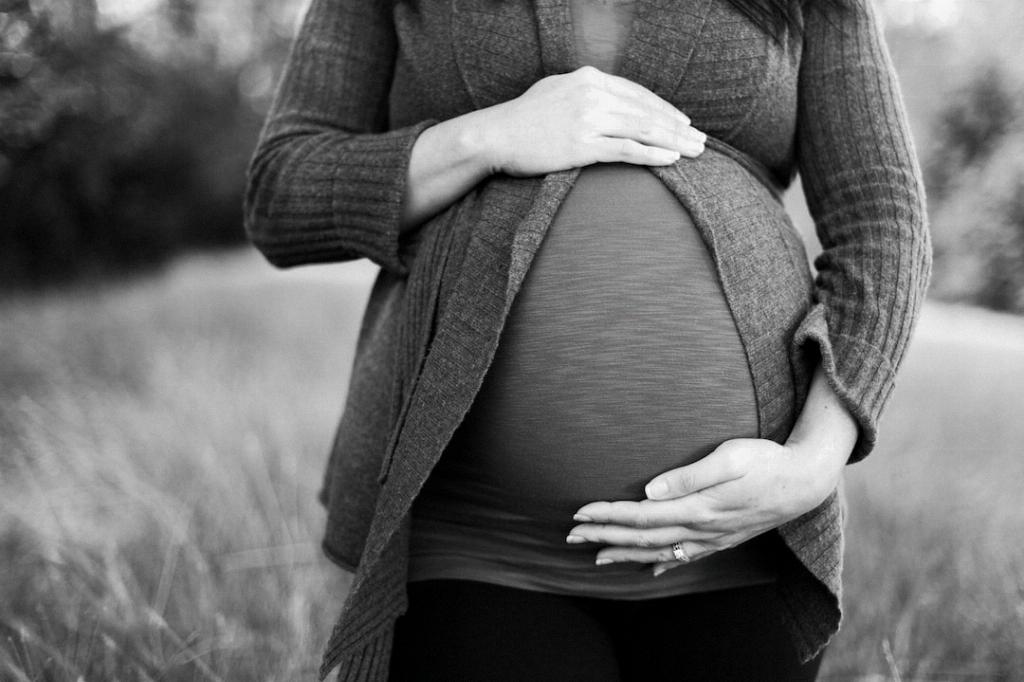After undergoing external cephalic version (ECV), a procedure aimed at turning a breech baby into a head-down position, many expectant mothers are curious about the timeline of when labor may start. Understanding the potential onset of labor post-ECV is crucial for preparedness and managing expectations. Let’s delve into the insights provided by recent studies.
A study detailing complications within 24 hours of successful ECV sheds light on the rate of fetal reversion back to a breech or transverse presentation. Among 67 cases of successful ECV, approximately 7.46% of fetuses reverted to a non-optimal position. Interestingly, all these cases led to labor initiation between 9 and 24 days post-ECV, culminating in emergency cesarean deliveries.
This data reveals that the occurrence of labor after ECV varies among individuals, with a window of roughly 9 to 24 days post-procedure being significant. The transition from a successful ECV to labor onset seems to be influenced by factors that are currently under research scrutiny.
Researchers and obstetricians continue to investigate the mechanisms behind the initiation of labor following ECV. The complex interplay of hormonal changes, uterine contractions, and fetal positioning contributes to the unique timeline observed in each case.
While the specifics of why labor starts within the noted timeframe post-ECV remain under scientific scrutiny, it is evident from clinical observations that there is a correlation between successful ECV and subsequent labor initiation. The need for emergency interventions like cesarean deliveries underscores the importance of close monitoring post-procedure.
Expectant mothers who have undergone ECV should be aware of the potential for labor to commence within a few days to a couple of weeks following the procedure. This awareness can aid in proper birth planning and readiness for any eventuality that may arise as the pregnancy progresses.
Healthcare providers play a crucial role in guiding patients through the post-ECV period, offering support and information regarding the signs and symptoms indicative of impending labor. Open communication between mothers and their medical team is pivotal in ensuring a smooth transition from ECV to the delivery stage.
As advancements in obstetrics continue to unfold, further research may provide additional insights into the precise triggers that prompt labor onset post-ECV. Understanding these mechanisms at a molecular level could lead to enhanced predictive capabilities and potentially tailored interventions for pregnant individuals.
It is essential for women who have undergone ECV to maintain regular contact with their healthcare providers, reporting any unusual sensations or changes in fetal movement promptly. Timely communication can aid in the early detection of any complications that may arise as labor approaches.
In conclusion, while the exact timeframe for labor initiation after ECV may vary among individuals, the data presented highlights a notable association between successful ECV and subsequent labor onset within a span of 9 to 24 days. Stay informed, stay vigilant, and trust in the guidance of your healthcare team throughout this journey.

